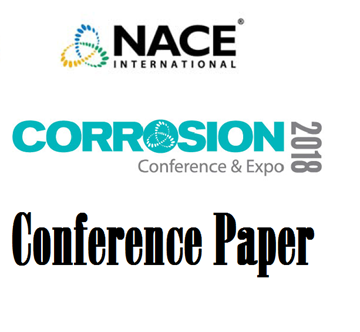Search
Products tagged with 'anodic cyclic polarization'
View as
Sort by
Display
per page
51318-11663-Use of electro chemical method to determine biocide efficiencies of peracid solutions
Product Number:
51318-11663-SG
Publication Date:
2018
$20.00
Development of High Strength grade and Cost Effective Super Martensitic Stainless Steel Solution for high CO2/H2S environment
Product Number:
51320-14715-SG
Publication Date:
2020
$20.00


